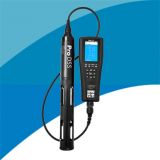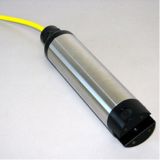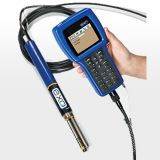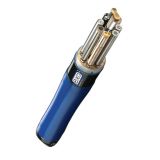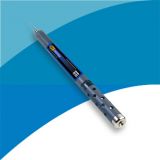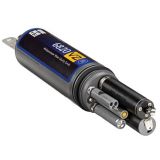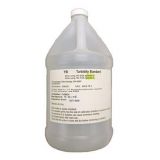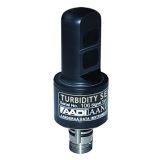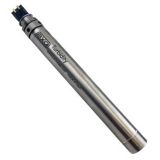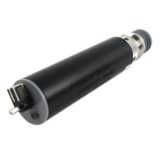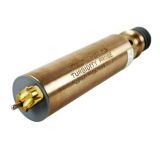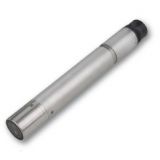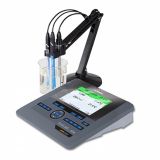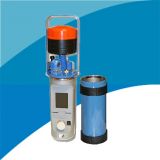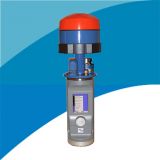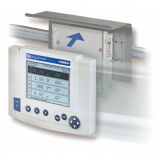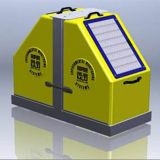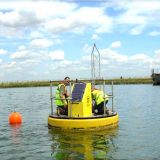Turbidity / TSS

Turbidity is the measurement of water clarity. Suspended sediments, such as particles of clay, soil and silt, frequently enter the water from disturbed sites and affect water quality. Suspended sediments can contain pollutants such as phosphorus, pesticides, or heavy metals. Suspended particles cut down on the depth of light penetration through the water, hence they increase the turbidity -- or "murkiness" or "cloudiness" -- of the water. High turbidity affects the type of vegetation that grows in water.
For long-term, in situ continuous monitoring of turbidity, a self-cleaning turbidity sensor is usually necessary to avoid fouling of the sensor and maintain accuracy. Xylem YSI products measure turbidity with an optical sensor. Light from the emitter enters the sample and scatters off particles in the water. The light, scattered at 90 degrees, enters a detector fiber and is measured by a photodiode. This follows the nephelometric technique of measurement, and values are expressed in nephelometric turbidity units (NTUs).

